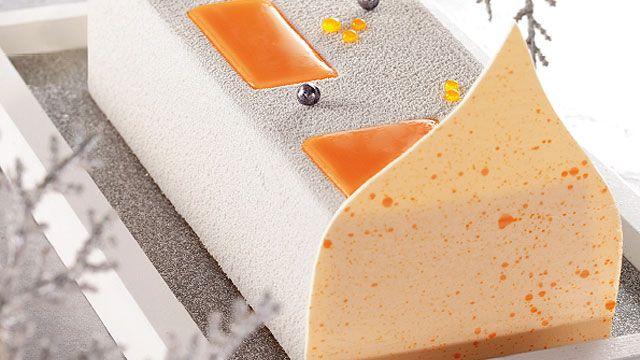A cocoa desert, an avalanche of sugar
Who remembers Groquik?This undeniable yellow giant was, for more than a decade, the mascot of TV advertisements for Nesquik.Addicted to chocolate powder, he hammered his "enooorme envy", engulfing gigantic cups.In 1990, when obesity became a major public health theme, Nestlé replaced her corpulent character with Quicky, a slender and sporty rabbit.
The brand, like its competitors, then applied itself to shape a positive image of its products.And the manufacturers have succeeded so well that these drinks are now considered by many parents as an essential and healthy element of the breakfast of their children.But is this really the case?With our partner we talk about it (RTS-La Première), we asked Nicoletta Bianchi, Dietitian HES at the CHUV clinical nutrition service, to look at the list of ingredients of fifteen products purchased in large areas.
Daily dose quickly reached
The balance sheet is amazing.While one could legitimately assume that the main ingredient of these drinks is cocoa, they contain, in fact, essentially ... added sugar!And not just a little: the latter represents, in the vast majority of products purchased between 70% and 80% of the total weight.The 1 kg package of the "delicious cocoa drink" M-Quick thus contains, for example, 800 g of sugars.Most of the time, it is added sucrose, or table sugar.Some powders in our table have a little less, while retaining high values (more than 60%).
What about cocoa in all of this?It is only about a fifth of the content in most products purchased.Therefore, is it reasonable to give children every day?According to Nicoletta Bianchi: “We must consider these drinks as a delicacy and consume them in moderation."A position totally shared by the Swiss Nutrition Society, which deems" preferable to use them in small quantities ".

Very concretely, depending on the indicative dosage on the packaging, a glass of 3 dl of milk mixed with Nesquik contains 30 g of sugars.About half comes from the powder and the other from the milk (lactose).The 15 g of the powder still represent almost a third of the maximum daily supply in free sugars - lactose is not part - recommended by WHO (50 g) for an adult and no less than 60%of that recommended (25 g) for a child from 1 to 2 years old!
There are some lightened versions on the shelves, such as the Caotina Light, adapted to diabetics.But this product contains sweeteners (aspartame and aceulfame-k) that the Swiss medical journal strongly advises against children under 3 years old.Nestlé also released a nesquik with 30% less sugars whose main ingredient is however maltodextrin, which is a sugar, which leaves our specialist perplexed.Nestlé refuses to say more, arguing that this is a manufacturing secret!
Antioxidant virtues
As we understood, instant cocoa drinks are therefore anything but essential for breakfast, and it is healthy to consider an alternative (read "the ideal breakfast for children").But do they have no nutritional interest?"Cocoa powder has very good antioxidant properties", underlines Nicoletta Bianchi, which distinguishes it from malted drinks like ovomaltine (see box)."Its mineral, potassium and magnesium and fiber content is also interesting," continues the specialist.Suddenly, we will favor products with the best cocoa contents.The top trio of our table thus offers between 25% and 39%.
Should we also prefer the few powders enriched with minerals and vitamins (Caotina, Nesquik, M-Quick and guaranteed price)?"It is not necessary if you have a balanced diet.In addition, some contributions are minimal, ”says Nicoletta Bianchi.On the other hand, it is worth taking a look at the list of ingredients: "The more short it is, the better!This shows that there are fewer additions, which is always a sign of quality.»»
Wander's franchise
Manufacturers and distributors have, mostly, provided us with disappointing responses concerning the high sugar contents of their brands. Coop, par exemple, a estimé judicieux de nous préciser que «le sucre est un composant essentiel, puisqu’il sert à édulcorer la boisson»»… Lidl prétend que la teneur reflète «un besoin des clients»» et Manor se justifie en écrivant que les proportions de son Hanse Wappen «sont tout à fait comparables à celles d’autres boissons au cacao»».
Wander, who manufactures Caotina, took a more courageous position.The subsidiary of the Associated British Foods group admits that "these products are characteristic of having a strong sugar content"».He then recognizes that his original caotina "must clearly be considered as a product of pleasure"».So do not throw your cocoa powder box, but taste it sparingly!
Sébastien Sautebin








